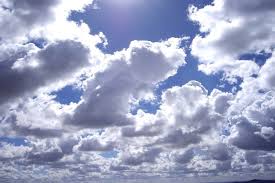Mount Vernon, Illinois, is situated in the Midwest region of the United States, which is known for its continental climate. This means that the area experiences distinct seasons, with hot summers and cold winters. The average temperature in Mount Vernon ranges from the mid-20s Fahrenheit in January to the mid-80s Fahrenheit in July.
Rainfall is fairly consistent throughout the year, with an average of about 43 inches of precipitation annually. Snowfall is common during the winter months, with an average of around 16 inches per year. The state’s position in the mid-latitudes puts it directly in the path of polar air masses that sweep down from Canada, bringing colder temperatures and snowfall during the winter months.

The hottest day on record in Mount Vernon, Illinois, was July 14th, 1936, when the temperature reached a scorching 114° Fahrenheit (45.5° Celsius). On the other end of the spectrum, the coldest day in Mount Vernon’s history occurred on February 10th, 1899, when the temperature plummeted to a bone-chilling -22° Fahrenheit (-30° Celsius). These extreme weather events serve as a reminder of the diverse climate conditions that can occur in the Midwest region of the United States.
Overall, the climate in Mount Vernon, IL, is typical of the Midwest, with a mix of hot summers, cold winters, and moderate precipitation throughout the year.